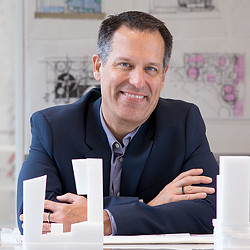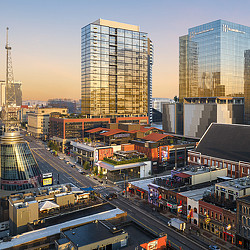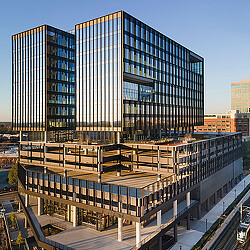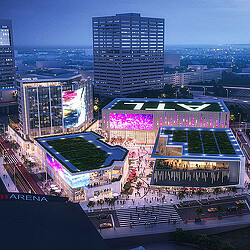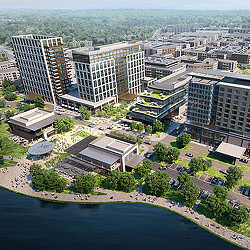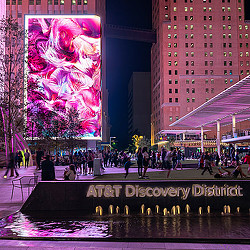The New Experiential Hybrid
The New Hybrid experience brings together the robust attributes of commerce, culture, and leisure, and recalibrates the urban experience.
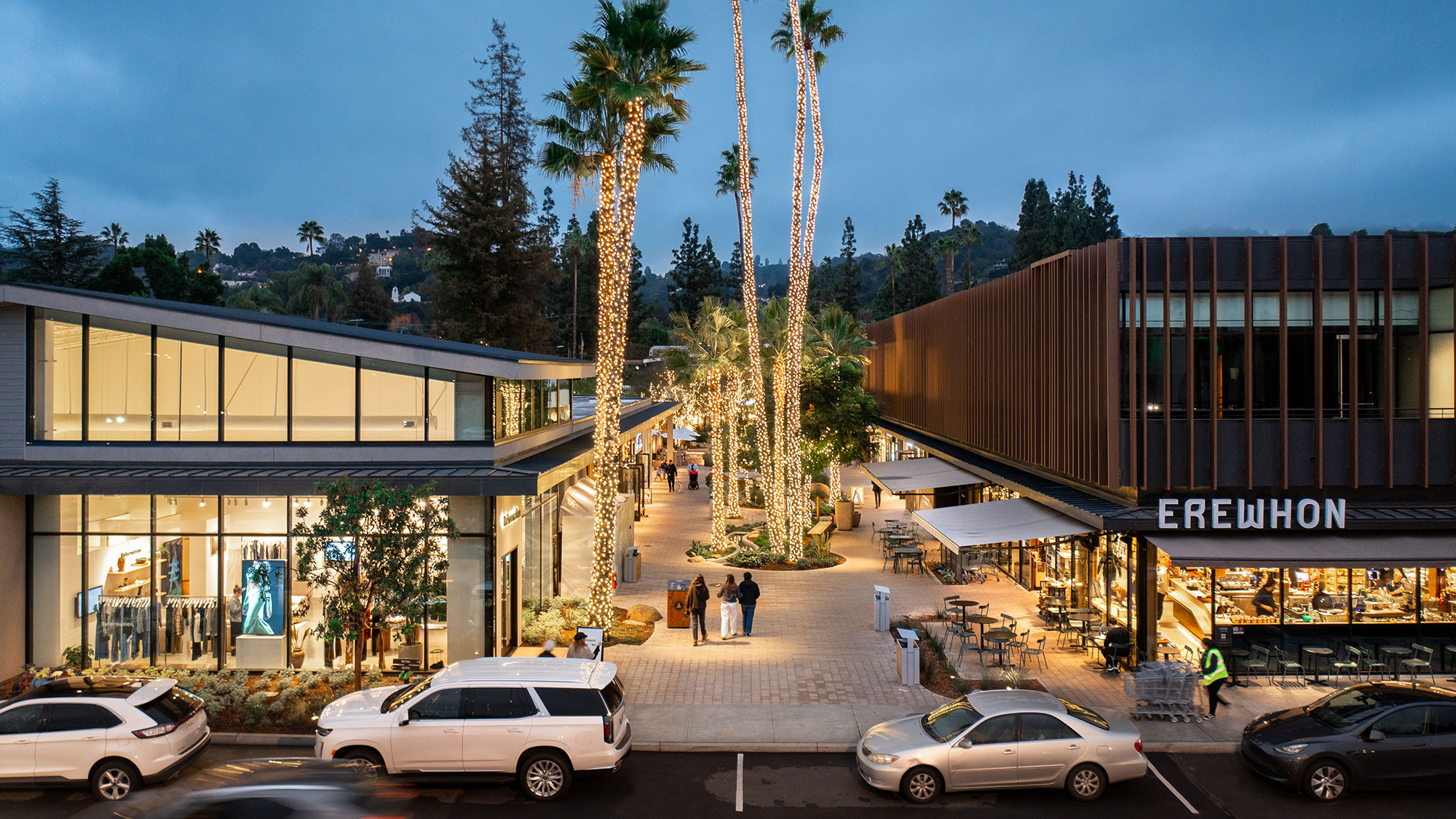
The convergence of our physical and digital ecosystems continues to revolutionize our lives, reshape our behaviors, and reimagine our ability to navigate the complex beauty and challenges of life in a boundaryless world. Radical technological innovations have resulted in a fundamental mindset shift of our behaviors, needs, and desires , moving from Live, Work, Play (and Shop), to a hybrid of Live, Live, Live.
While many of us feel Covid-19 is largely in the rearview mirror, unfortunately a tapestry of global social epidemics still affects us all. Americans are lonelier than ever: according to the Cigna U.S. Loneliness Index, 58% of adults, and 79% of those aged 18-24 report being lonely. Our social networks are a third smaller now and we’re far more likely to live alone; today, nearly 28% of U.S. homes have just one occupant, up from 17% in 1969 according to the US Census. The annual number of marriages is in decline, and birth rates are slowing. In a lonelier, more divided world, the need for community is greater than ever.
There’s a lot to consider with this cascade of change occurring at the speed of culture. As landlords, developers, and designers collaborate for a better future, we need to start thinking differently. It is not enough to simply evolve the concept of our built environment. Since we now live a hybridized life, we need to make a transformative shift to a “New Hybrid” experience, one that can play a significant role in restoring our sense of closeness in our communities. The New Hybrid experience is a model that uses an integrative approach to the disciplines of art, science, and technology, helping us to develop a deeper understanding of the complexities of our modern world and guide us to produce positive and impactful outcomes.
The New Hybrid experience brings together the robust attributes of commerce, culture, and leisure, and recalibrates the urban experience. It is amenity rich, leverages technology, connects easily to transit, and offers world-class leisure and event activities. It promotes local artisans and culture, reflects generational and community values, and builds traditions.
We relate to urban environments in an emotional dimension. Signature characteristics of hybrid places — otherwise called mixed use — are personable and human-centric. The value proposition is when a space, a place, a building, or an event moves us. When this happens, it elicits a sense of awe and wonder, engages all of our senses, dissolves barriers, and eliminates pain points.
The emotional exchange between the built environment and the user is about attaining and retaining a person’s attention. It’s that visceral moment when something inside you connects with the place in a special way, the beyond ordinary life experience that can elicit an emotional response that requires no specialized knowledge, nothing more than one’s emotion to make it happen. And it happens to everyone. Great places have a defined persona, which has the ability to trigger aesthetic emotions — that highly emotive sense you get, which can sometimes be difficult to describe, but you just know it just feels amazing.
Here are some examples of how the New Hybrid is playing out in our project work across multiple scales:
For The Hub on Causeway, a dynamic, 2-million-square-foot mixed-use development at Boston’s TD Garden, Gensler created a marquee sports and entertainment destination with office, residential, hotel, retail, entertainment, dining, and creative office space that culminates in a grand entrance that funnels people to TD Garden and the North Station transit hub.
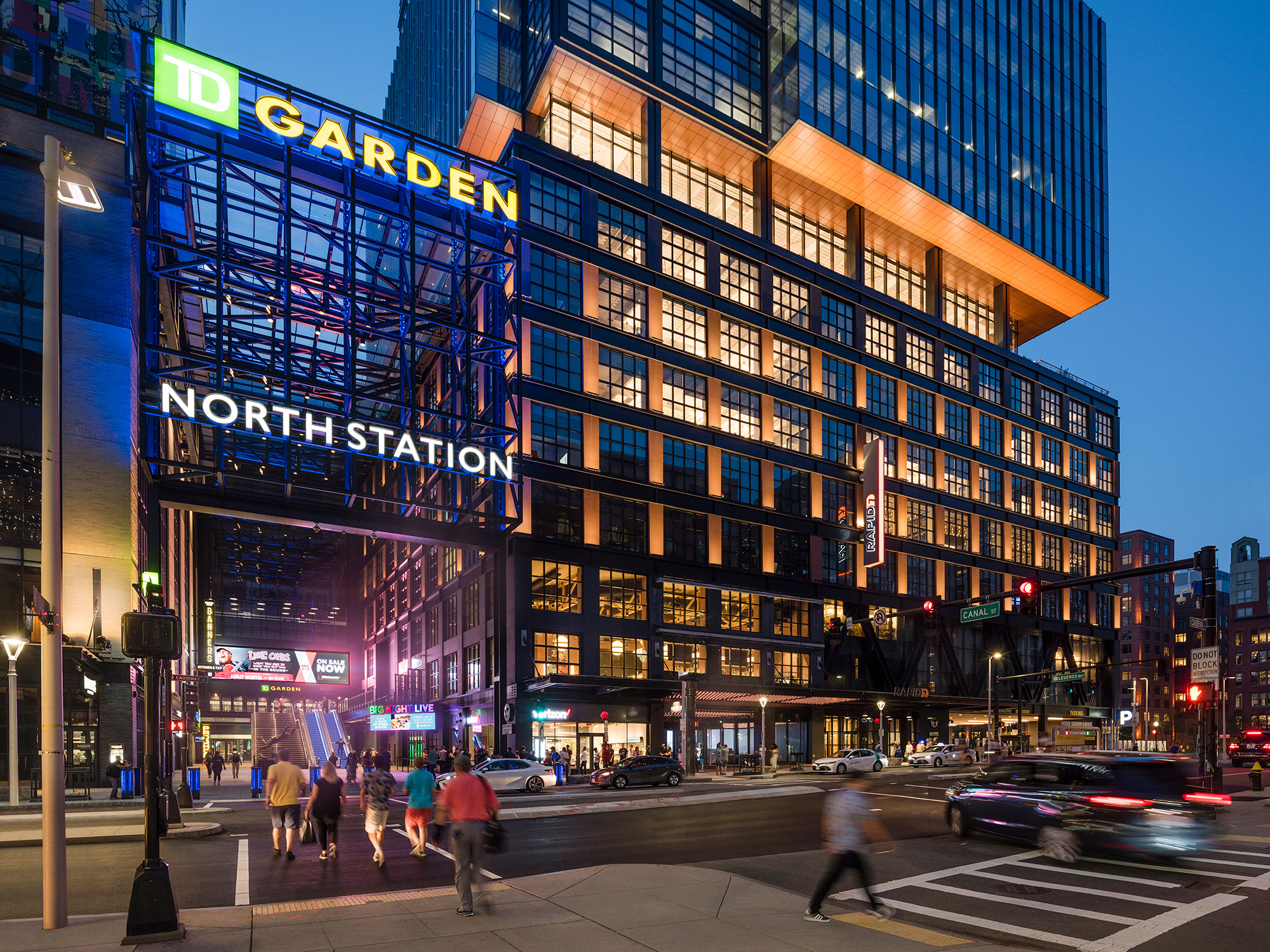
On a smaller scale, Gensler transformed a former meeting and convention space into the Sportsmen’s Lodge, an upscale outdoor lifestyle center in LA’s Studio City with 95,700-square-feet of walkable retail, restaurants, fitness, and public space. An open-air plaza features communal spaces for visitors to dine or relax, while a waterfront deck hosts tenant and center events.
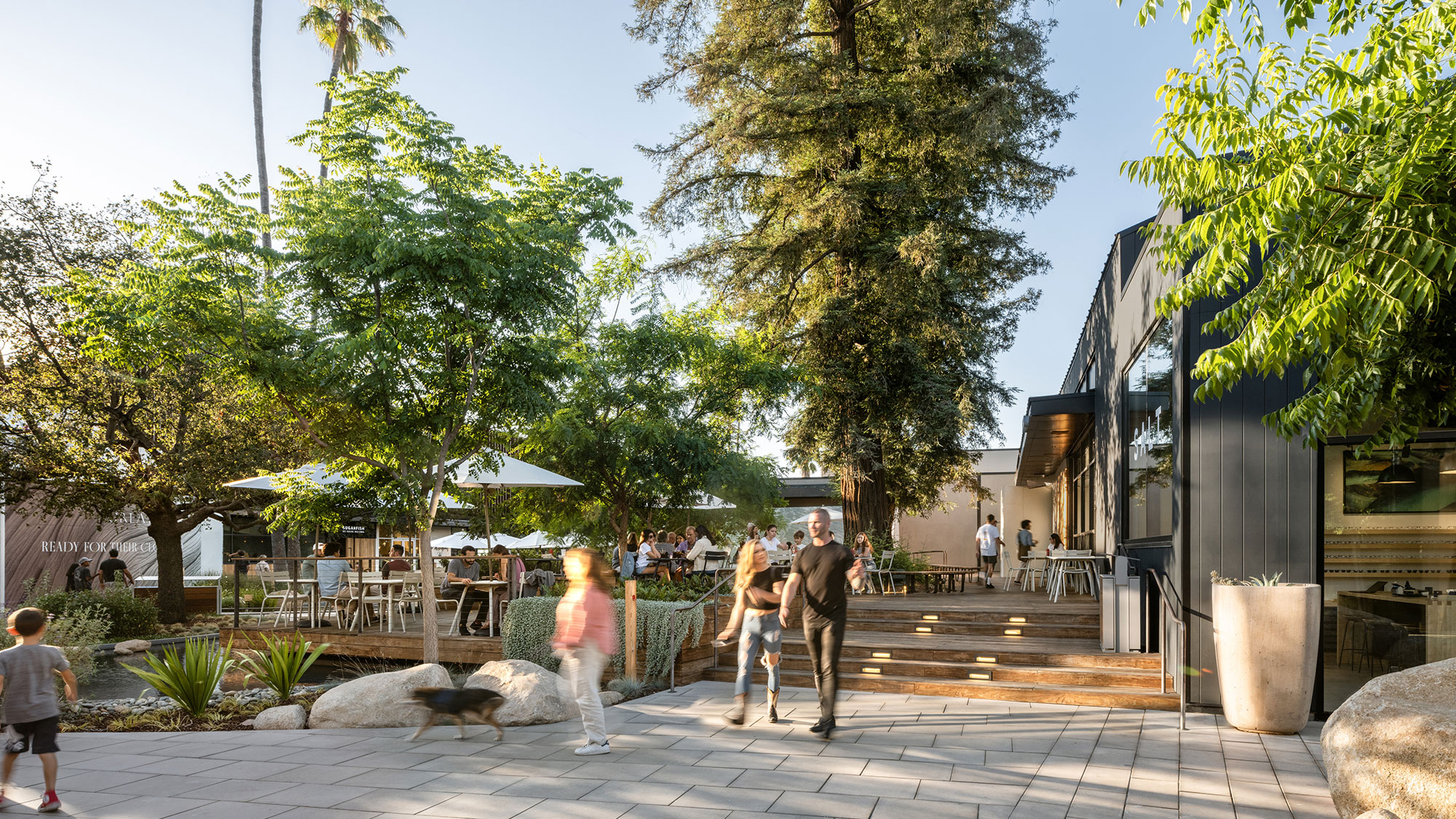
Designed for maximum happiness, the New Hybrid is a magnetic and transformational place that transcends the predictable. An amazing hybrid experience creates cultural capital by truly caring for us and improves the way we are. If our lives are truly enriched, the place will be more than real estate — it creates a deep, emotional connection with us and truly becomes an integral part of our lives.
For media inquiries, email .
